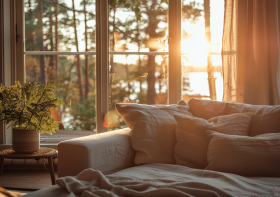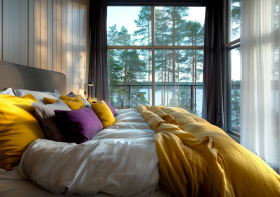Scale Matters: How to Get it Right in Interior Design
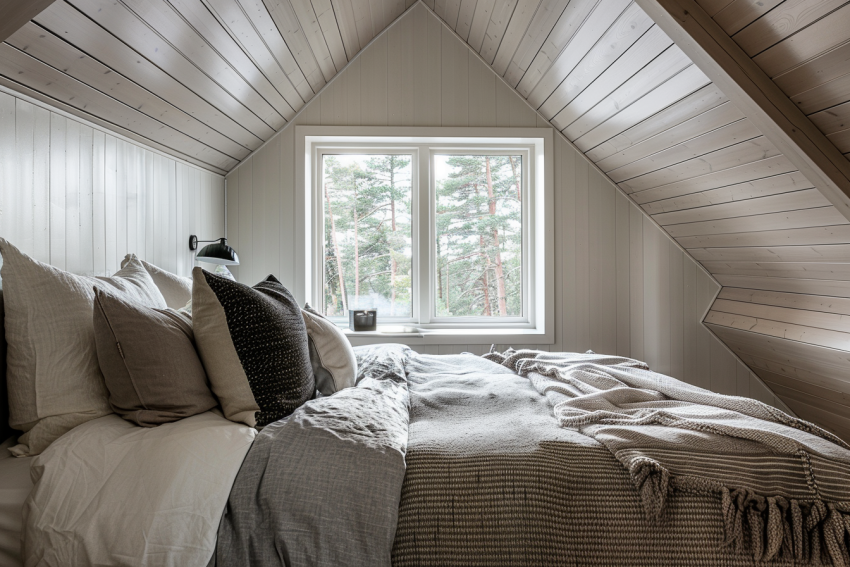
In the world of interior design, mastering the concept of scale is essential for creating visually balanced and harmonious spaces. Whether it’s selecting the right-sized furniture or choosing lighting fixtures that complement the room’s proportions, understanding scale can make or break a design. In this blog post, we’ll explore the importance of scale in interior design and provide practical tips on how to get it right.
The Importance of Scale
Scale refers to the size of objects in relation to one another and to the space they occupy. It influences the overall feel and functionality of a room, affecting everything from furniture selection to spatial arrangement. Getting scale right ensures that the elements within a space are proportionate and balanced, resulting in a cohesive and visually pleasing design.
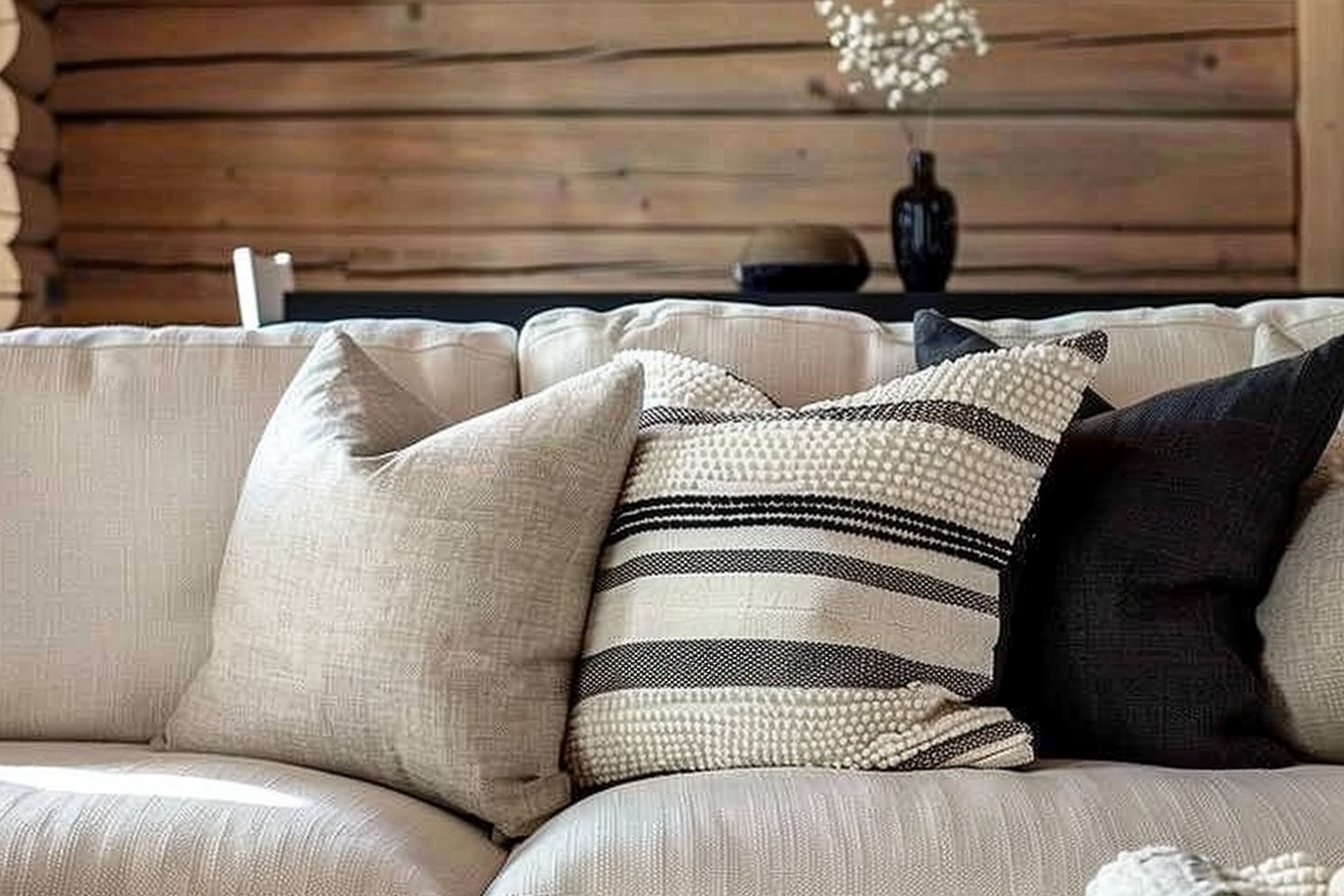
Tips for Getting Scale Right:
- Measure Twice: Before making any design decisions, take precise measurements of the room and existing architectural features. Pay attention to ceiling height, wall dimensions, and the placement of doors and windows. Accurate measurements serve as the foundation for successful scale management.
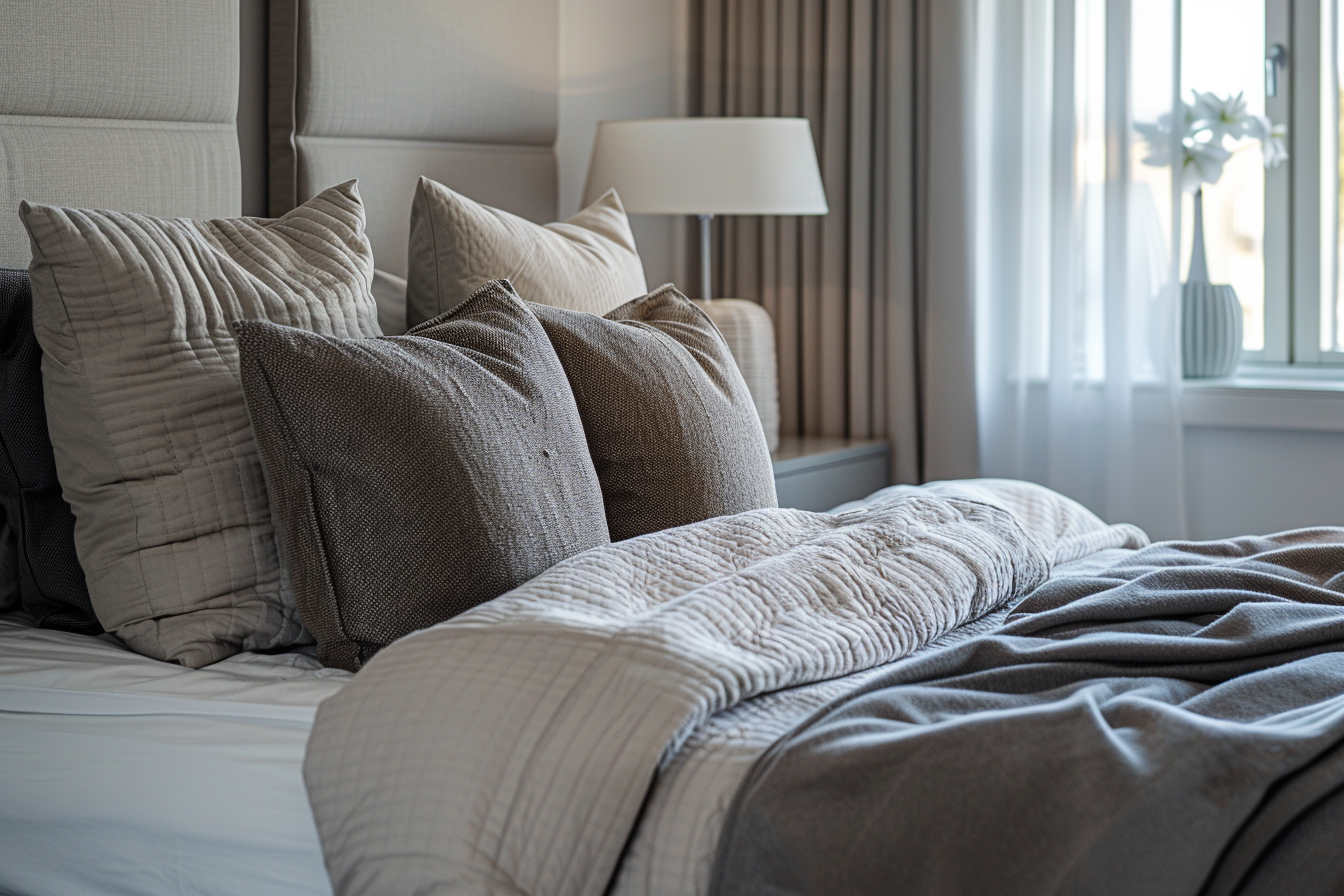
- Consider Proportions: When selecting furniture and decor, consider the proportions of each piece in relation to the size of the room. Large rooms can accommodate larger furniture, while smaller rooms require more modestly sized pieces to prevent overcrowding and maintain circulation space.
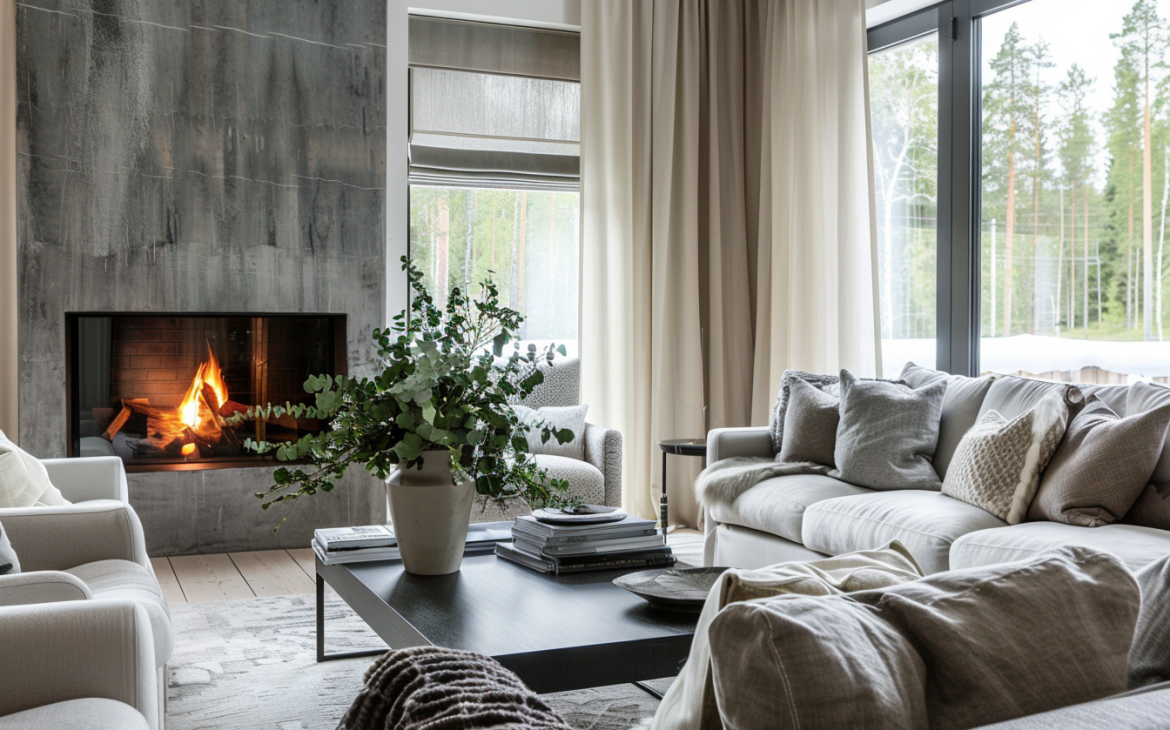
- Create Visual Hierarchy: Use scale to establish a visual hierarchy within the room, with larger or more prominent elements acting as focal points. For example, a statement chandelier in a dining room or an oversized artwork in a living room can command attention and anchor the space.
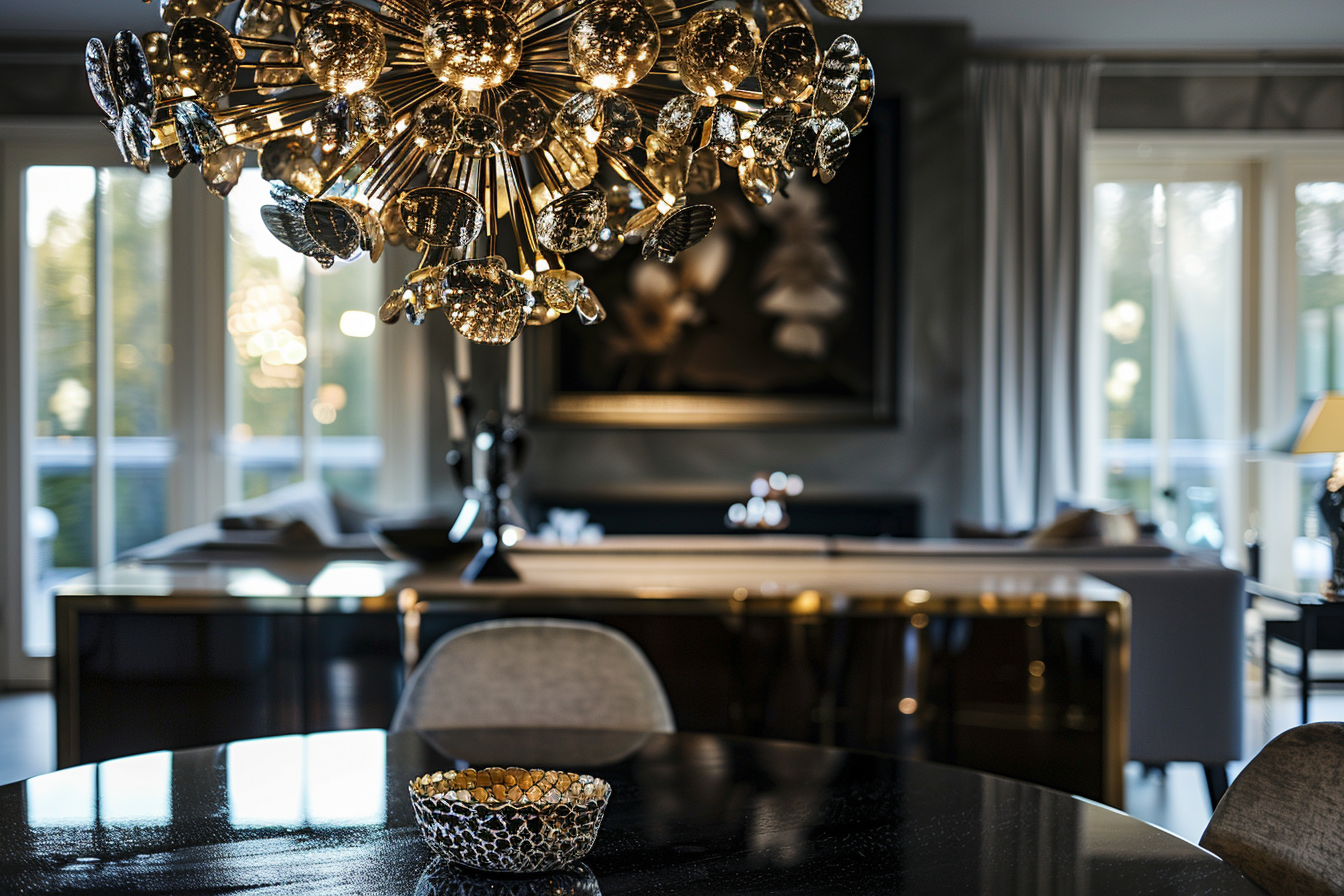
- Mind the Ceiling Height: Pay attention to the ceiling height when selecting lighting fixtures, window treatments, and wall decor. Taller ceilings can accommodate taller elements, while lower ceilings may require shorter, more streamlined options to avoid overwhelming the space.
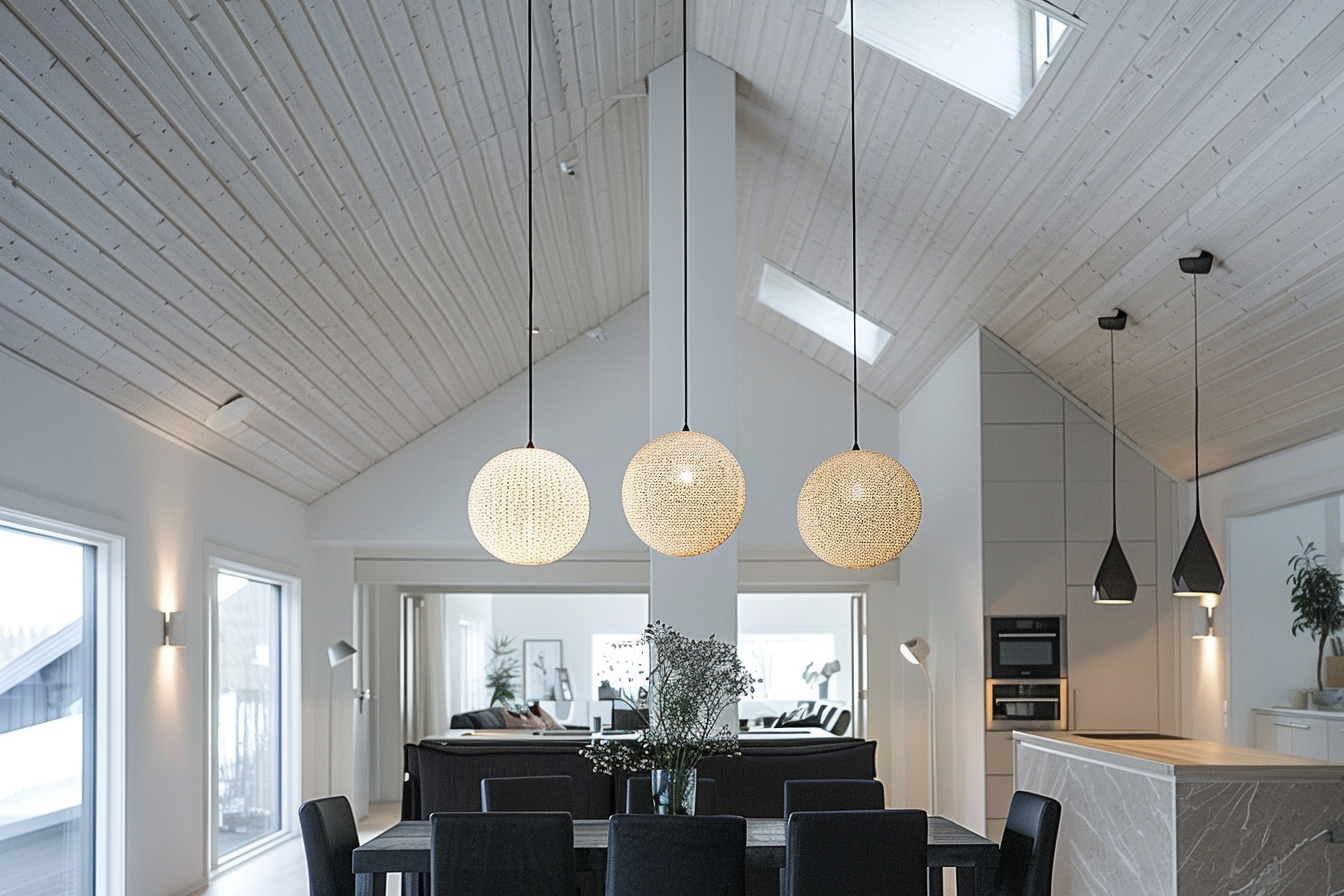
- Balance Scale with Functionality: While aesthetics are important, don’t overlook the functional aspect of scale. Ensure that furniture and fixtures are appropriately sized for their intended use, providing comfort and usability without compromising on style.
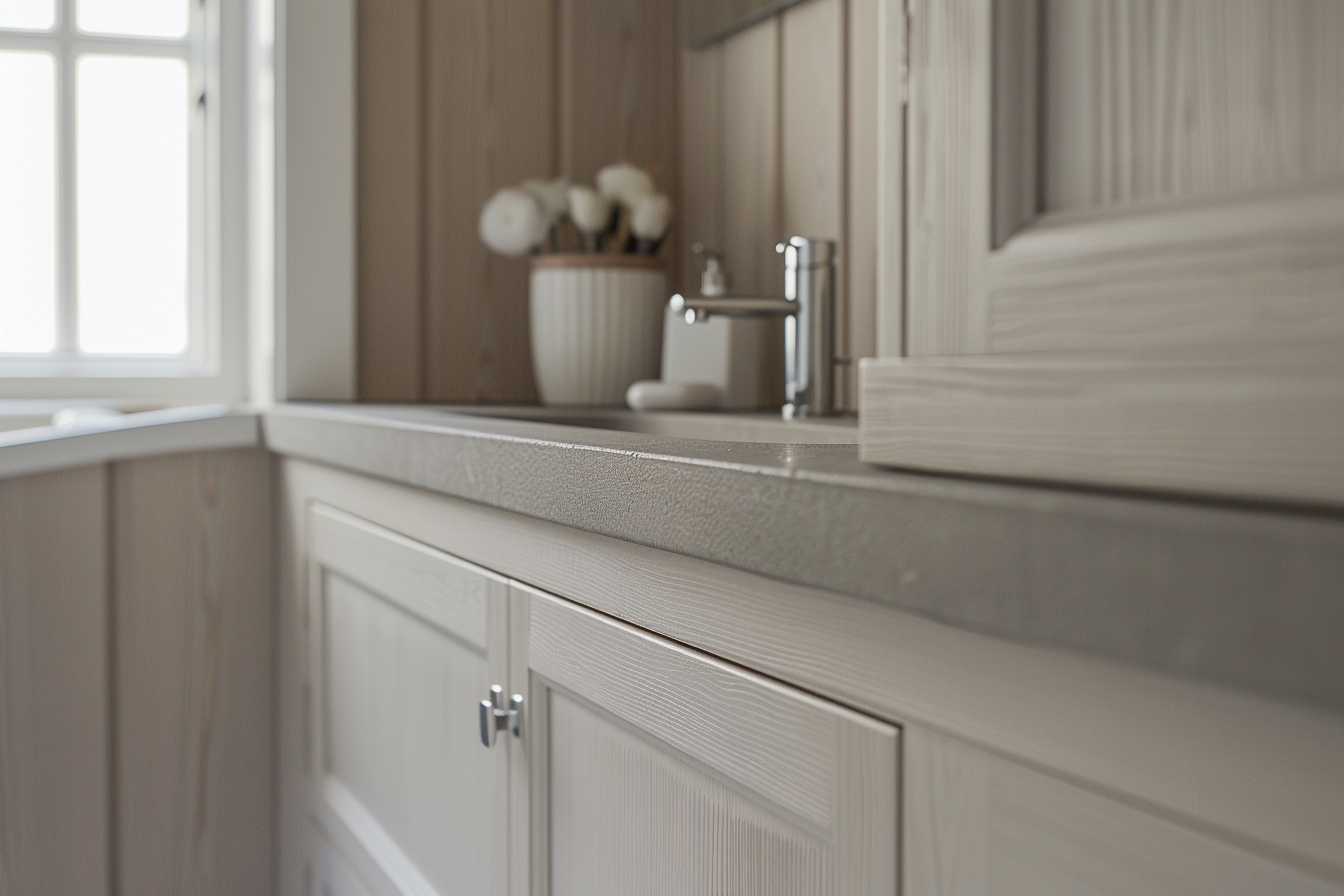
- Mix and Match: Experiment with mixing different scales and proportions to create visual interest and dynamic contrast. Pair oversized statement pieces with smaller accent pieces to create a sense of depth and dimension.
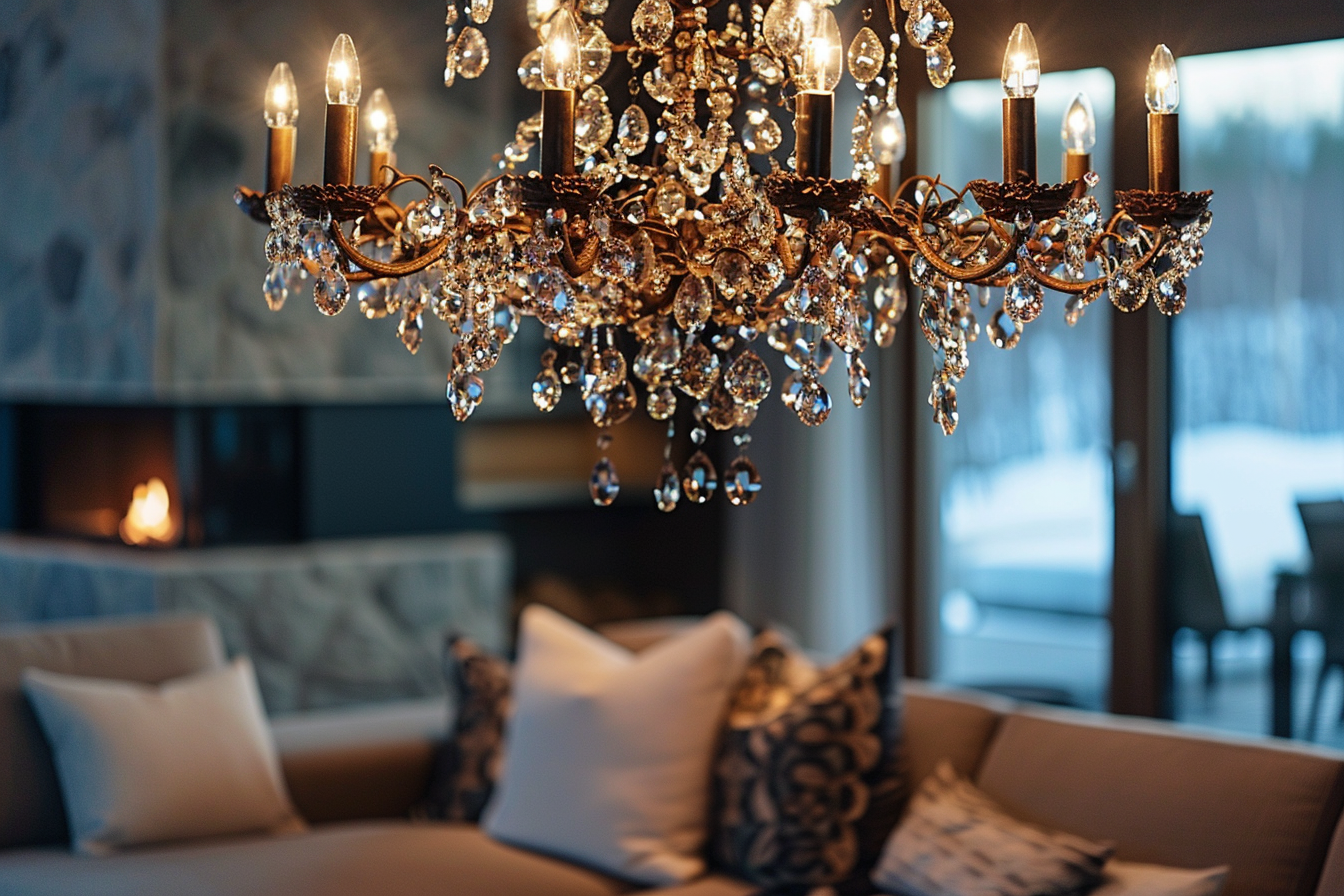
- Test Before Committing: Before making final decisions, use visual aids such as floor plans, mood boards, or digital renderings to visualize how different elements will interact within the space. This allows you to assess scale and proportion in context and make adjustments as needed.
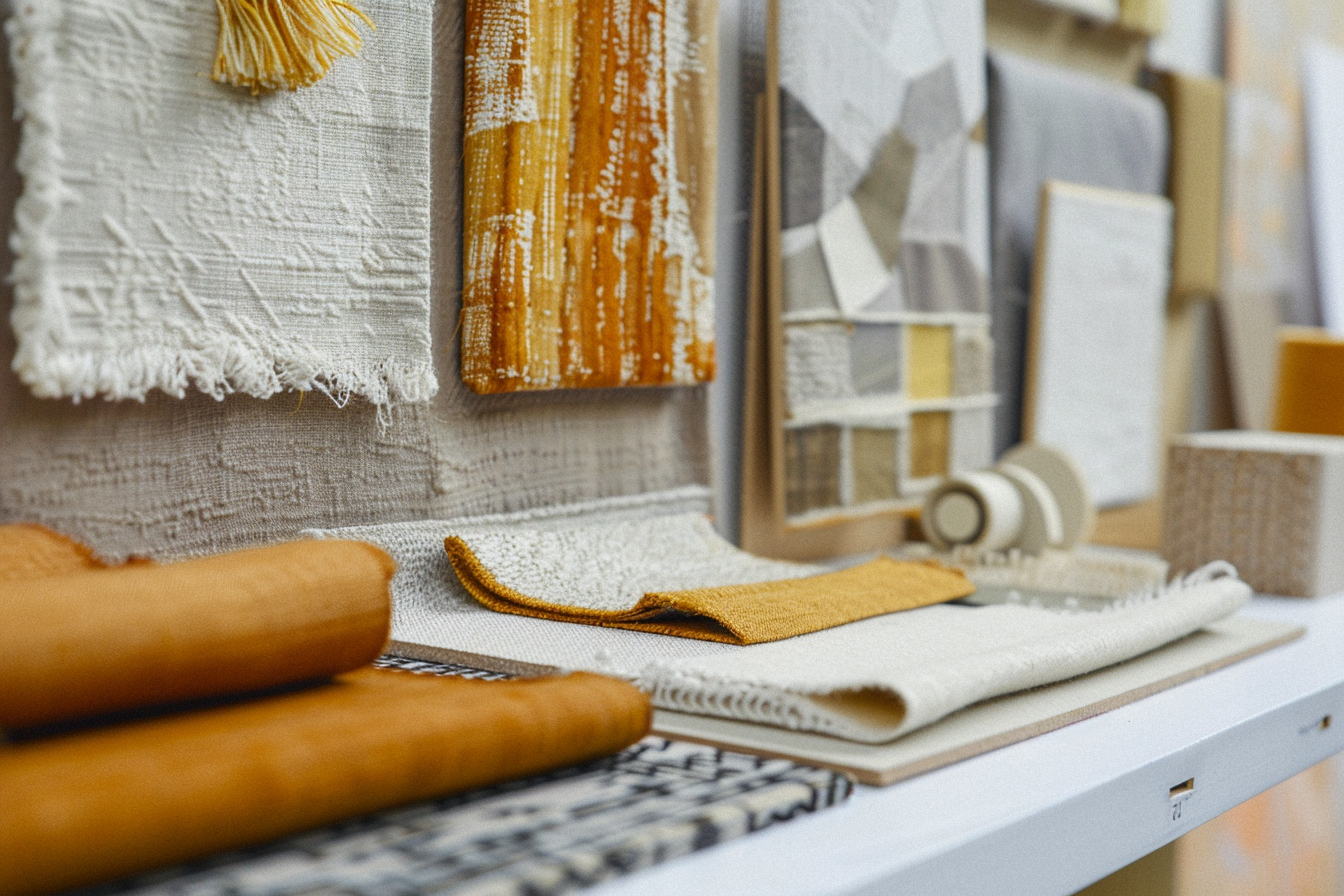
Scale is a powerful tool in the hands of an interior designer, capable of transforming a room from ordinary to extraordinary. By understanding the principles of scale and following these practical tips, you can ensure that your design choices are proportionate, balanced, and visually compelling.
To deepen your understanding of crafting unique and personalized spaces, consider acquiring my book, Basics of interior design, available on Amazon. This guide offers a comprehensive exploration of various design principles tailored to distinct environments, providing you with the knowledge and inspiration needed to transform any space.



